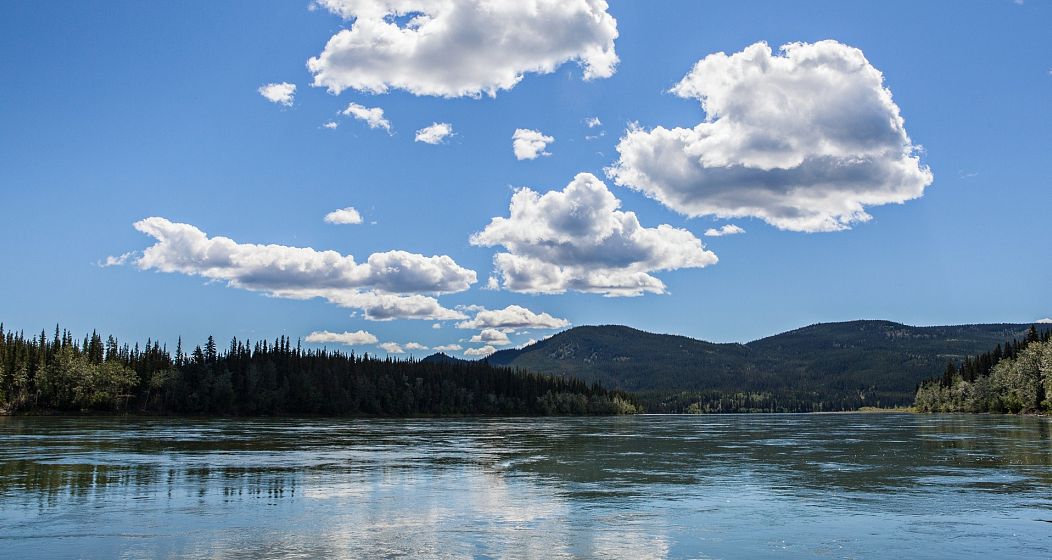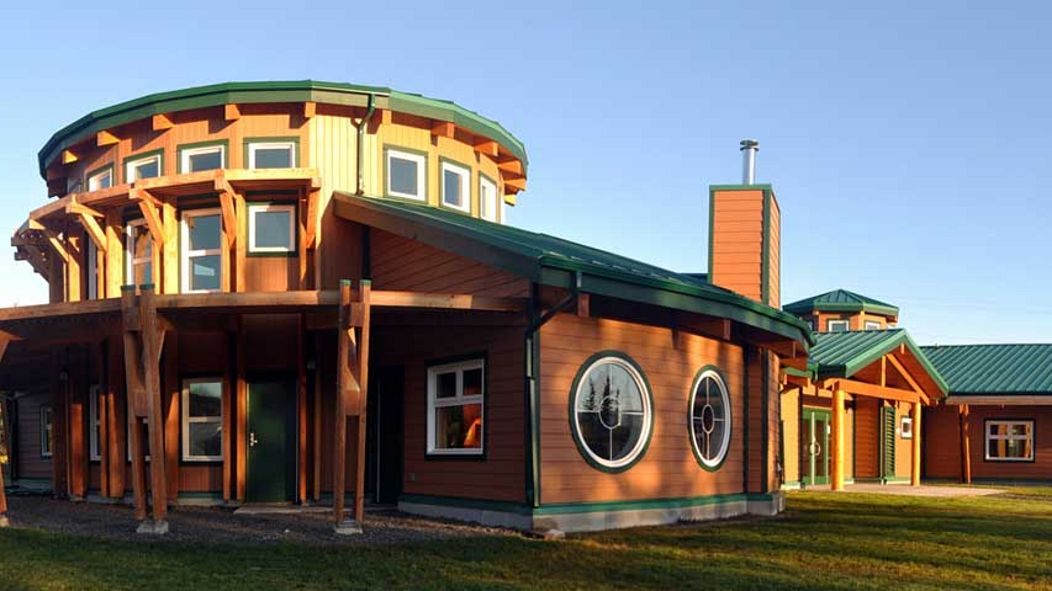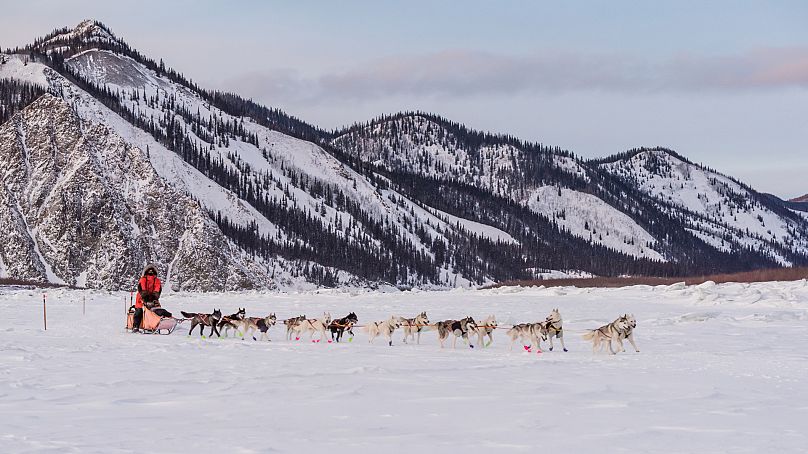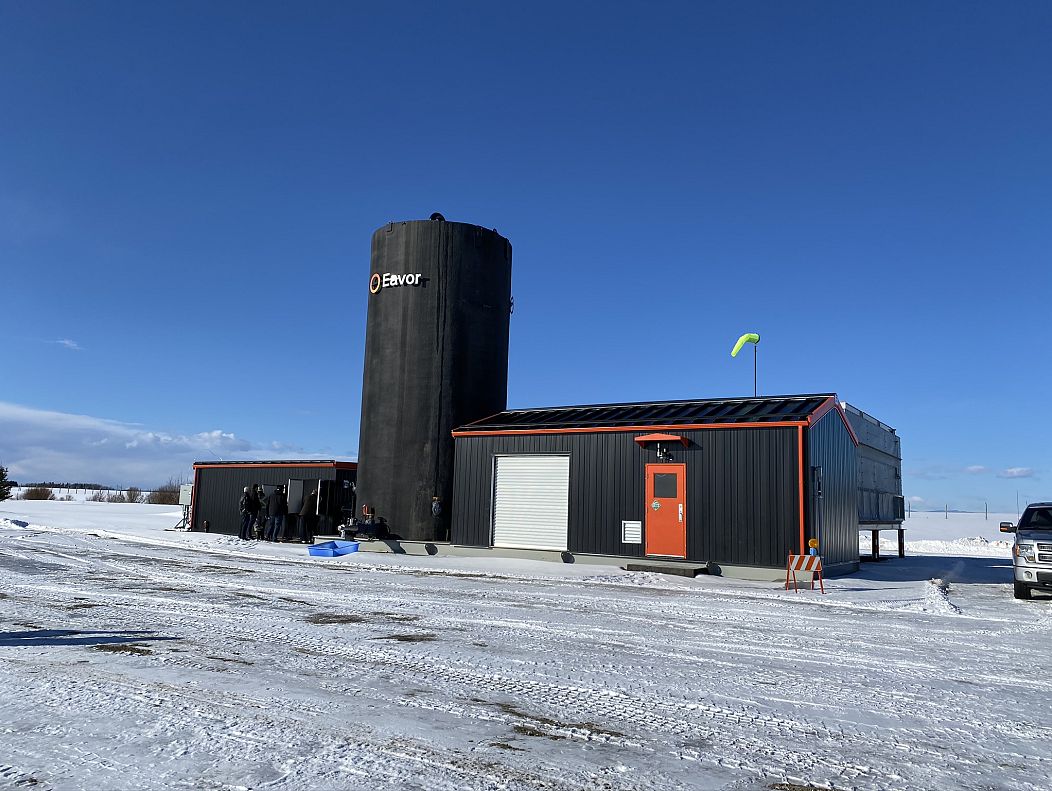A thermal revolution is taking place in a remote northern alliance in Canada.
Imagine the steaming natural baths of Iceland, the bubbling lava of Hawaii, or the hot volcanic soil of Mexico, and you’re picturing wild geothermal energy being released.
We can easily forget that this energy is below us everywhere on earth, and it’s almost limitless.
For decades, using free, geothermal heat inside the earth’s crust to produce electricity has been a tricky problem. Projects are often limited to active ‘hot zones’, where you don’t need to drill deep to reach the heat. Some have tried superheating water and then piping steam to the surface as a common method, but it’s often proved inefficient.
As solar and wind power continue to race ahead and become cheaper, geothermal’s potential has been buried.
Now, revolutionary advances in Canada could bring geothermal energy back with a bang. A new method is promising environmentally-safe, cost-effective power that doesn’t impact scenery, or contend with intermittent sunlight or wind.
An energy island in the wilderness
Little Salmon Carmacks First Nation is located in Canada’s Yukon territory, a huge region that borders Alaska, dominated by forests, mining, and freezing winters.
The First Nation’s main village, Carmacks, is hours from the nearest city. It’s well-known as a pitstop along the world’s toughest dog-sled race.
“The community is at about 800 to 900 people,” says Chief Russell Blackjack. Most people work for local government or in small businesses. Wintertime makes concerns like housing and heating weigh on peoples’ minds.
“Housing is a big issue,” explains Blackjack. The area sees a growing trend of outward migration among young people seeking higher education, and a lack of job opportunities in the local mines.
“A lot of people do move because we don’t have the housing here.” He notes that heating is a significant cost for residents to bear. The Yukon’s isolated, low-power grid has never been connected to the main North American grid.
“Most of the houses are hooked up with gas furnaces, and they’ll have wood stoves,” says Blackjack. “If they’re going for the day to somewhere like Whitehorse, to go grocery shopping, they’ll flick on their furnace, so it’ll run throughout the day and keep the house warm.”
“Once they get home, they go back to the wood heating, just to cut back on the fuel costs.”
But what if the town could rely on dormant geothermal energy to power their homes?
Keeping a millennia-old landscape intact
Based far to the south in Calgary, Alberta, a young company called Eavor Technologies provides local electricity and heat using a new geothermal method.
With a functioning example already set up in Alberta, Eavor dodges the traditional, controversial, and energy-intensive process of using geothermally heated water.
Instead, they drill a U-shaped “loop” into the ground, which returns to the surface several kilometres away. A pipe containing a special, heat-conductive liquid goes down the loop, which then conveys heat back up to the exit point, allowing power to be directly harvested. The project could deliver up to 5MW - which is more than enough for a small town like Carmacks.
The company calls these installations “Eavor-Loops”. Crucially, their surface footprint is only about the size of a large house.
So how could this be applied to the First Nation? The region showed some interest in the project this year, and a body was set up to build an Eavor-Loop in Carmacks. Test drilling is now underway. It’s a solution that Eavor Technologies CEO John Redfern believes can resonate with many First Nations.
“If you're a First Nation, what is your most cherished, cherished resource?” he asks. “It's your land. Now, do you want [to cover] your land with a bunch of windmills and solar panels? Or do you want to keep the Yukon looking the way it has for millennia?”
With their solution, he says, you don't see any difference. “The other interesting thing is, the colder it is, the more power we produce,” notes Redfern, as chilly ambient temperatures ensure strong returns.
A greener future built on oil tech
The true irony is that Eavor uses drilling technology perfected by the fracking sector to deliver clean energy.
“We’re riding on the coat-tails of the fracking revolution,” admits Redfern. “They learned to drill fast. Wells at the start of that revolution that would have taken three months, take eight days now.”
Eavor’s loop-drilling has clear applications in places like the Arctic, where solar and wind power are constricted by harsh conditions, but also in energy-hungry but small urban states like Singapore, where space is limited. The company leans into that lack of visual impact.
“All our posts on Instagram are pictures of empty fields. So it's a little tongue-in-cheek, but you know, those are the facts,” says Redfern.
Innovative geothermal firms like Eavor could be competitive in the green energy transition, but like the dog race that winds through Carmacks every year, theirs will be a huge challenge. International wind and solar firms are proven, profitable, and have a big head-start.
“Energy transitions take time,” notes Redfern. “They’re big, they’re heavy, and there’s lots of regulatory aspects. Our whole business plan is to ring-fence this category of geothermal and make it our own.”
First, the technology will need to prove itself. Eavor recently announced a major collaboration in Bavaria, Germany, where the technology will be used to rescue a 12 year old, traditional geothermal project that failed.
“I don’t mind sharing the space,” says Redfern. “I don’t want to replace wind or solar, but I want to be recognised as a legitimate, significant share of that mix, and starting from zero…that’s a great position to be in.”















